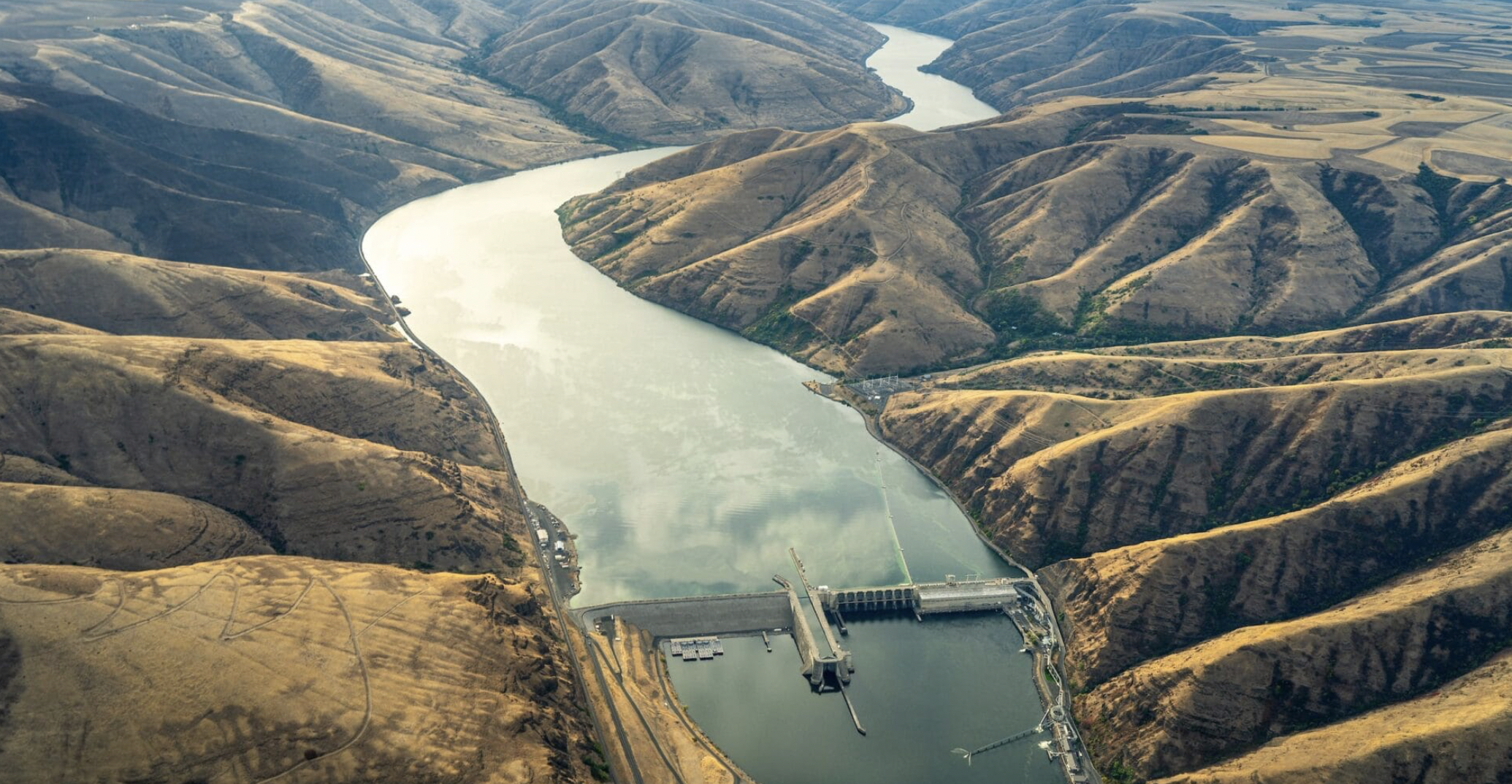Salmon and Steelhead at Risk: Why Current Efforts Are Falling Short on the Lower Snake River
It's time to acknowledge that we've made a critical miscalculation—salmon and steelhead cannot thrive in the highly altered environment of the lower Snake River. Despite decades of mitigation efforts, Chinook salmon, steelhead, and sockeye in the Snake River basin continue to struggle, with no real signs of recovery.
Photo from: tu.org
The Case for a Free-Flowing River
The scientific consensus is clear: to revive Idaho's salmon and steelhead populations, the lower Snake River needs to flow freely again. Cold water is absolutely essential for their survival, and with the current river system, impacted by dams and the current state of climate change, has led to dangerously high water temperatures. Across the West, similar species are facing hotter summers, and the lower Snake River is no exception.
A Desperate Situation: Lonesome Larry and Sockeye Decline
Idaho's Snake River sockeye salmon gained national attention in 1992 with the return of "Lonesome Larry," the only sockeye to make it back that year. Decades earlier, 84,000 fish would return annually. Today, the average is barely 100.
The culprit then was the unmitigated effects of the lower Snake River's hydro-system, and today it’s a combination of dam impacts and climate change. Though many band-aid solutions have been tried—from cold water releases to bypass systems for smolts—none have solved the core issue: the dams
Photo from: tu.org
The Cost of Survival: Trucking Salmon to Safety
In 2015, a devastating die-off occurred when tens of thousands of sockeye succumbed to lethal water temperatures in the Columbia River. Since then, NOAA and the Idaho Department of Fish and Game have developed a drastic solution: trucking sockeye salmon out of the hot water and into safer, cooler environments. This "sockeye Uber" service involves capturing part of the run at Lower Granite Dam and transporting the fish to hatcheries for captive breeding. The rest are left to complete their long, perilous journey to Idaho's high-elevation spawning grounds
Despite billions of dollars spent on mitigation, the species remains endangered, having been listed under the Endangered Species Act for 33 years. While well-intentioned, current efforts aren't enough
The Solution: Breach the Dams
To truly recover Idaho's salmon and steelhead, it’s time to take bold action: breach the four lower Snake River dams. Only then can we restore the river to a state that supports the iconic species that have long called it home.
For more on this critical issue and how Trout Unlimited is leading the charge, go read the article with Eric Crawford, TU's Director for the Lower Snake River Campaign, and learn about the steps needed for real change. link here 👉 tu.org
Photo from: tu.org




